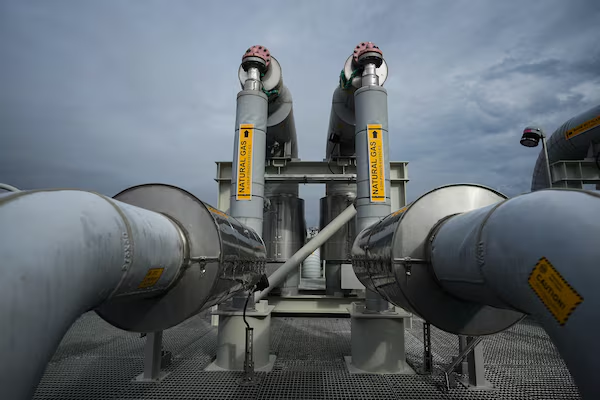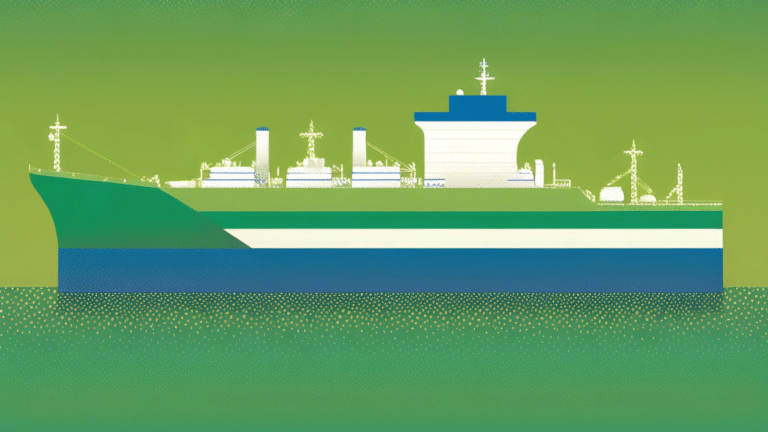“In the coming years, additional liquefaction terminals will start operating,” he added, with the rst, Cove Point (Maryland), scheduled to open in late 2017.
According to EIA, three more are under construction: another Cheniere project, Corpus Christi LNG, is scheduled to begin service in 2018; Sempra Energy’s Cameron LNG terminal in Hackberry, Louisiana, is set to open in 2018; and Freeport LNG in Freeport, Texas, is slated to have a two-stage opening in 2019-2020.
Which plays benefit?
Shale plays bene ting most from exporting LNG are now primarily those with proximity to terminals, but Boersma noted that Cheniere is able to draw from multiple sources and can therefore access the most competitive gas, depending on current domestic pricing. To date, interest has been strongest in “the Marcellus and Utica shale plays, where natural gas is priced at a signi cant discount from Henry Hub,” he said.
Exports themselves, which despite the boost still account for only a tiny portion of total volume, have a negligible impact on US natural gas prices, observers say. Instead, they explain, pricing is determined by various seasonal and weather-related factors, storage levels, and the cost of competing fuels. “Gas prices have risen to $2.80 from $2, but it’s because of record power use, not exporting,” Smith said.
Boersma said multiple studies have attempted to determine whether larger export volumes could affect US prices, but even at levels 40 times higher than those today no substantial impact was detected.
“Other factors will most likely have a much stronger in uence on gas prices than LNG exports, regardless of what happens to the utilization of US LNG export capacities,” he said.
Smith added, “Prices depend somewhat on exports to Mexico as well, and that is really ramping up. But remember, as prices rise there’s more of an incentive to produce, which keeps prices down.”




